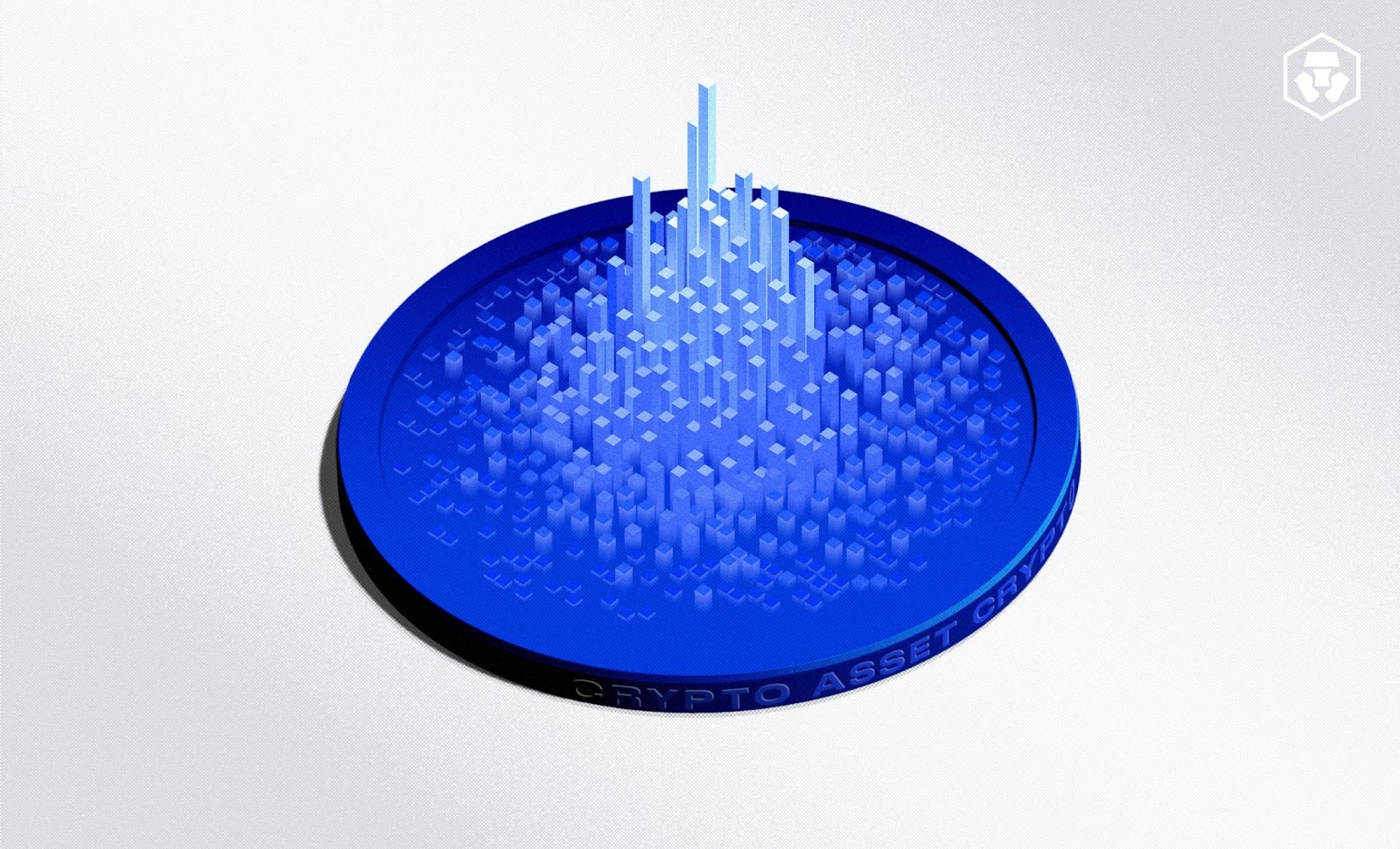What is a Cryptosystem? A cryptosystem functions as a comprehensive framework or system comprising a series of intricate algorithms meticulously designed to transform plaintext into ciphertext and vice versa. This sophisticated mechanism is geared towards the secure encoding and decoding of messages, employing the principles of cryptography. The term “cryptosystem” is derived from the amalgamation of “cryptography” and “system,” highlighting its role as a computer system specifically devised for the purpose of securing information and communications through the implementation of codes.
At its core, a cryptosystem orchestrates a seamless integration of algorithms, meticulously engineered for key generation, encryption, and decryption processes. The cryptographic key, a pivotal element in these operations, is essentially a string of bits utilized by cryptographic algorithms to facilitate the transformation of plaintext into ciphertext, or its reverse. This cryptographic key serves as a critical component of the variable data input required by cryptographic algorithms to execute their operations effectively.
Cryptosystems have a broad spectrum of uses, particularly in guaranteeing the safe transfer of delicate information across digital networks, notably the internet. Whether shielding credit card specifics or other private data, these systems are pivotal guardians of message confidentiality and integrity. Take secure email, for example—within this domain, a cryptosystem could involve an array of strategies, such as digital signatures, cryptographic hash functions, and precise key management protocols, all harmonizing to bolster the security of electronic communication.
What are the components that make up a cryptosystem?
Cryptosystem, a sophisticated framework designed to secure the transmission of information, comprises several integral components, each playing a crucial role in the complex process of encryption and decryption. These components work in tandem to safeguard data, allowing for secure communication over various channels. Here are the key constituents that constitute a cryptosystem:
● Plaintext: At the core of the cryptosystem lies the plaintext, representing the original, unencrypted data that necessitates protection during transmission. This foundational element serves as the starting point for the encryption process, wherein its secure transformation into ciphertext becomes imperative.
● Encryption Algorithm: A mathematical procedure, the encryption algorithm is a pivotal component that generates ciphertext by combining the plaintext with a designated encryption key. This cryptographic technique ensures that the resulting ciphertext is a scrambled, secure version of the original data.
● Ciphertext: The output of the encryption process, ciphertext is the encrypted form of the plaintext. It is produced by the encryption algorithm when applied to the original data and a specific encryption key. Despite its encrypted nature, ciphertext is transmitted through public channels, making it susceptible to interception by anyone with access to the communication medium.
● Decryption Algorithm: Serving as the counterpart to the encryption algorithm, the decryption algorithm is a mathematical process that reverses the encryption procedure. It takes a given ciphertext and a decryption key as input, generating a distinct plaintext. This step is crucial for retrieving the original, unencrypted information.
● Encryption Key: held in exclusive confidence by the sender, serves as a critical ingredient in the encryption process. When the sender initiates the transformation of plaintext into ciphertext, they engage this secret key alongside the original data, instigating a cryptographic metamorphosis that cloaks the information in a secure and coded form. In essence, the encryption key acts as the secret sauce, unleashing a transformative magic that ensures the secure transmission of sensitive data.
● Decryption Key: The decryption key, a confidential realm exclusively accessible to the receiver, shares a profound connection with its counterpart, the encryption key. Though not necessarily identical, the decryption key assumes a pivotal role in the intricate process of decrypting secured information. As the receiver endeavors to unravel the cryptographic enigma, this key, coupled with supplementary data, becomes the catalyst for reversing the encryption, ultimately unveiling the concealed plaintext like a cryptographic maestro conducting a symphony of information retrieval.
In essence, these components collectively contribute to the robustness of the cryptosystem, ensuring that sensitive information remains confidential and secure throughout its journey across communication channels. Their orchestrated collaboration is imperative for achieving the overarching goal of secure data transmission and communication.
What is the most difficult part of designing a cryptosystem?
Crafting a cryptosystem is a complex and exacting endeavor, demanding a nuanced equilibrium between security, efficiency, and real-world applicability. Among the formidable challenges in this undertaking is the creation of encryption algorithms resilient enough to withstand advanced attacks and cryptographic scrutiny. The perpetual surge in computing power and the introduction of innovative mathematical methods necessitate cryptographers to not only predict potential weaknesses but also to proactively outmaneuver emerging threats, embodying a dynamic dance on the cutting edge of cryptographic evolution.
Securing a cryptosystem against a myriad of potential threats, both familiar and unforeseen, poses a daunting challenge. Cryptographers find themselves traversing a multifaceted terrain, grappling with considerations like the intricacies of algorithmic complexity, the nuances of key management, and the lurking risks of side-channel attacks. The art lies in finding the perfect equilibrium, where the encryption algorithm not only proves computationally secure but also pragmatic for real-world applications, demanding a finesse that only extensive expertise in the field can provide.
Moreover, cryptographic systems must adapt to evolving technological landscapes and emerging threats. The ever-changing nature of cybersecurity demands a continuous reassessment and refinement of cryptographic protocols to address vulnerabilities and maintain the confidentiality and integrity of sensitive information.
Yet another significant hurdle involves navigating the delicate equilibrium between user-friendliness and security. Formulating a cryptosystem that veers towards excessive complexity risks lapses in security due to potential human errors arising from misunderstanding or misapplication. Conversely, overly simplistic systems may expose vulnerabilities to malicious attacks. The ongoing challenge in the design of cryptosystems lies in skillfully finding the sweet spot that guarantees both formidable security measures and a user-friendly experience, harmonizing the intricacies of cryptographic robustness with accessibility for users.
In conclusion, the most challenging aspect of designing a cryptosystem lies in the perpetual pursuit of staying ahead of potential threats, creating encryption algorithms that are both secure and practical, and adapting to the dynamic landscape of technological advancements and evolving cybersecurity risks. The intricacies of achieving this delicate balance make cryptosystem design a complex and demanding endeavor, requiring constant vigilance and expertise from cryptographic professionals.
Conlcusion
In summary, a cryptosystem represents a sophisticated and all-encompassing framework crucial for ensuring the security and confidentiality of information during its transmission. With its fundamental elements including plaintext, encryption and decryption algorithms, ciphertext, and encryption and decryption keys, this cryptographic system orchestrates a complex interplay of mathematical processes to transform data into a secure, jumbled form and subsequently restore its original state. The importance of the cryptosystem extends beyond safeguarding sensitive information; it proves to be adaptable, finding relevance in diverse areas such as ensuring secure internet communication and protecting crucial data. As technology progresses and the demand for secure information exchange rises, cryptosystems play an increasingly pivotal role in upholding the integrity and confidentiality of digital communications. For more insights on the intersection of technology and security, visit cryptonewzhub.com computer for comprehensive resources and updates.

Tasha Harshman is a dynamic writer with a broad range of expertise. She creates compelling and informative content, offering valuable insights and consistently engaging readers with her deep knowledge and passion for a variety of subjects.

